Andrew Venables (WMS Firearms Training) looks at the products/technological developments that have shaped rifle shooting since he started shooting 42 years ago
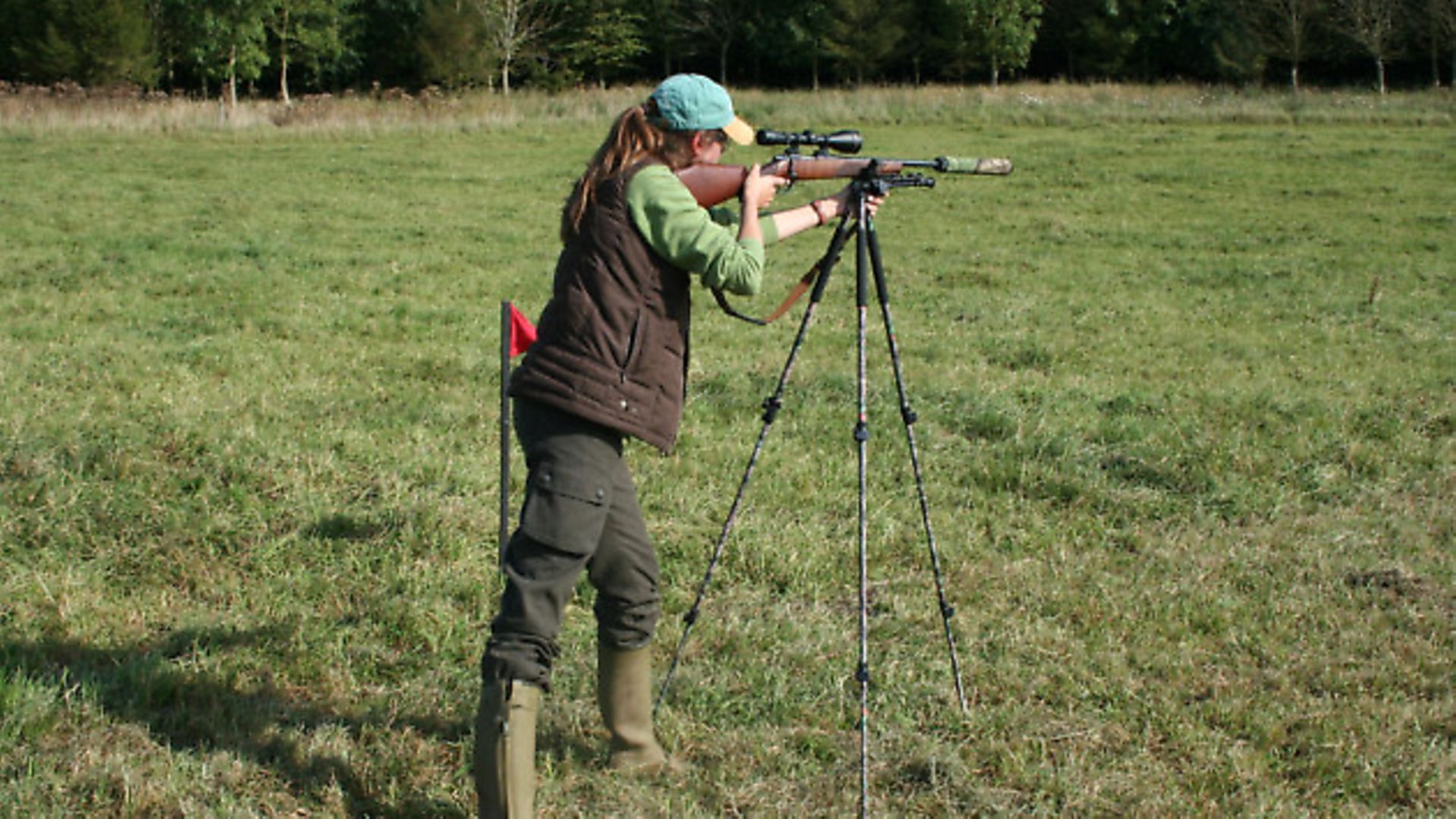 credit: Archant
credit: Archant
A question I asked myself recently was: what are the developments that have changed rifle shooting? I started serious rifle shooting in 1974 with a Lee Enfield No.4, fitted with Parker Hale target sights. We shot from 200 to 1,000 yards in competitions and the good shots, who could read the wind, could put 10 consecutive shots into a 20” bull at 1,000 yards.
I am now 57, with potentially much more accurate rifles, sights and ammunition. What revelations have we seen in the 42 years since my early days of rifle shooting?
We’ve seen refinements in rifles, telescopic sights, ammunition and occasional new designs, such as the Blaser, Merkel Helix, Browning Maral and other straight-pull action rifles. They make us a little quicker and offer more choice and safety, with de-cocking devices in place of safety catches, which interrupt the firing process. De-cocking entirely disengages the firing process so the rifle cannot possibly go off accidentally. So, there’s been lots of new kit, but what is really breaking new ground?
I previously used Sako, CZ Brno and Browning rifles fitted with 4x32 and 6x42 telescopic sights with 4A reticules. Now, I like to use a Blaser R8 rifle in 6.5x55, fitted with a Swarovski Z6i 1.7-10 with a ballistic turret for stalking. This now gives me ability that the old 6x42 did not, with regard to shooting at longer range, and also when acquiring quarry fast at close range. I use various scopes by Swarovski, Zeiss, Minox, and Schmidt & Bender for longer range shooting at targets. These superb products help in small ways, but what has made a bigger difference?
There are just two developments which I feel have transformed my ability and enjoyment of rifle shooting since I started all those years back, and which have had the most positive impact on my shooting ability in actual results: moderators and the use of quad sticks.
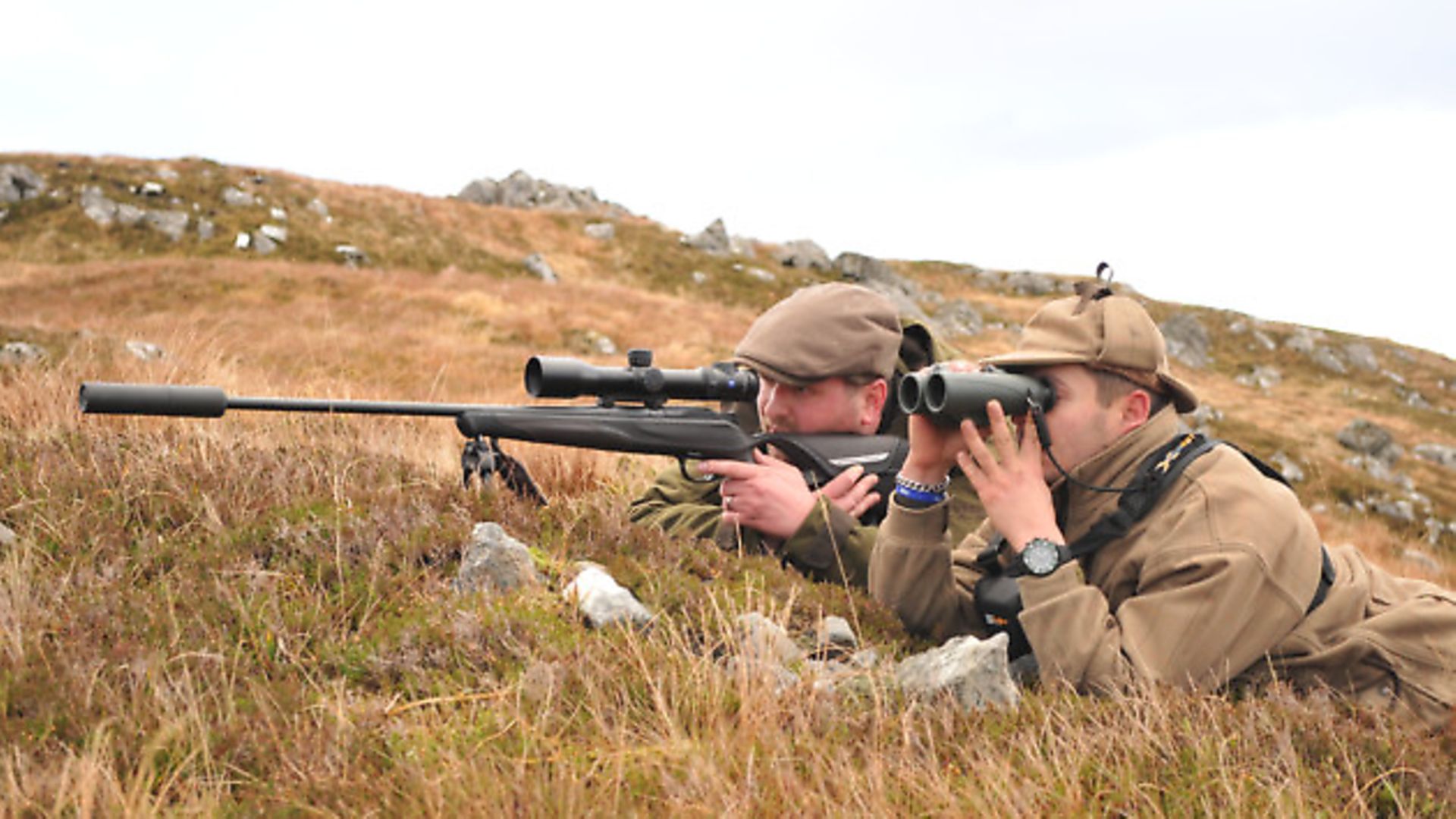 credit: Archant
credit: Archant
Moderators (invented by Hiram Maxim in 1902)
I am writing this listening to tinnitus, with nine per cent hearing loss in my left ear. The nine per cent is actually about 30% of my high-frequency hearing ability. Without doubt, the single most significant development and change in rifle shooting, for me, has been the availability of moderators for centrefire rifles, and their legitimate status. It has been a total game changer for those shooting, and non-shooters within 3,000m of the shot. Moderators reduce both the sound and the perceived recoil of a rifle shot. Recoil reduction is around 30%, which is very helpful when shooting calibres of .308 and above.
Sound measurements increase in logarithmic scale. While 100mph is twice as fast as 50mph in linear scale, 123 decibels (dB) is twice as loud as 120dB; 120dB is 32 times as loud as 70dB; and 150dB is 32 times as loud as 120dB. Exposure to more than 90dB causes progressive serious damage. Exposure at over 110dB causes immediate serious damage. Exposure over 170dB ruptures your eardrum instantly. Sound cannot be measured over 196dB. A .308 rifle produces about 156dB, similar to a 12-bore shotgun. A 9mm pistol produces 165dB, as measured at the ear of the shooter.
The tiny hairs inside the inner ear, which are fundamental to the hearing process, are like a field of ripe wheat. If you fire your moderated rifle without hearing protection, every shot is like a person working in the field swinging a large scythe; if you fire your rifle unmoderated and without proper hearing protection, you have just driven a large combine harvester right through the middle of the wheat. Sooner or later, it will all be gone.
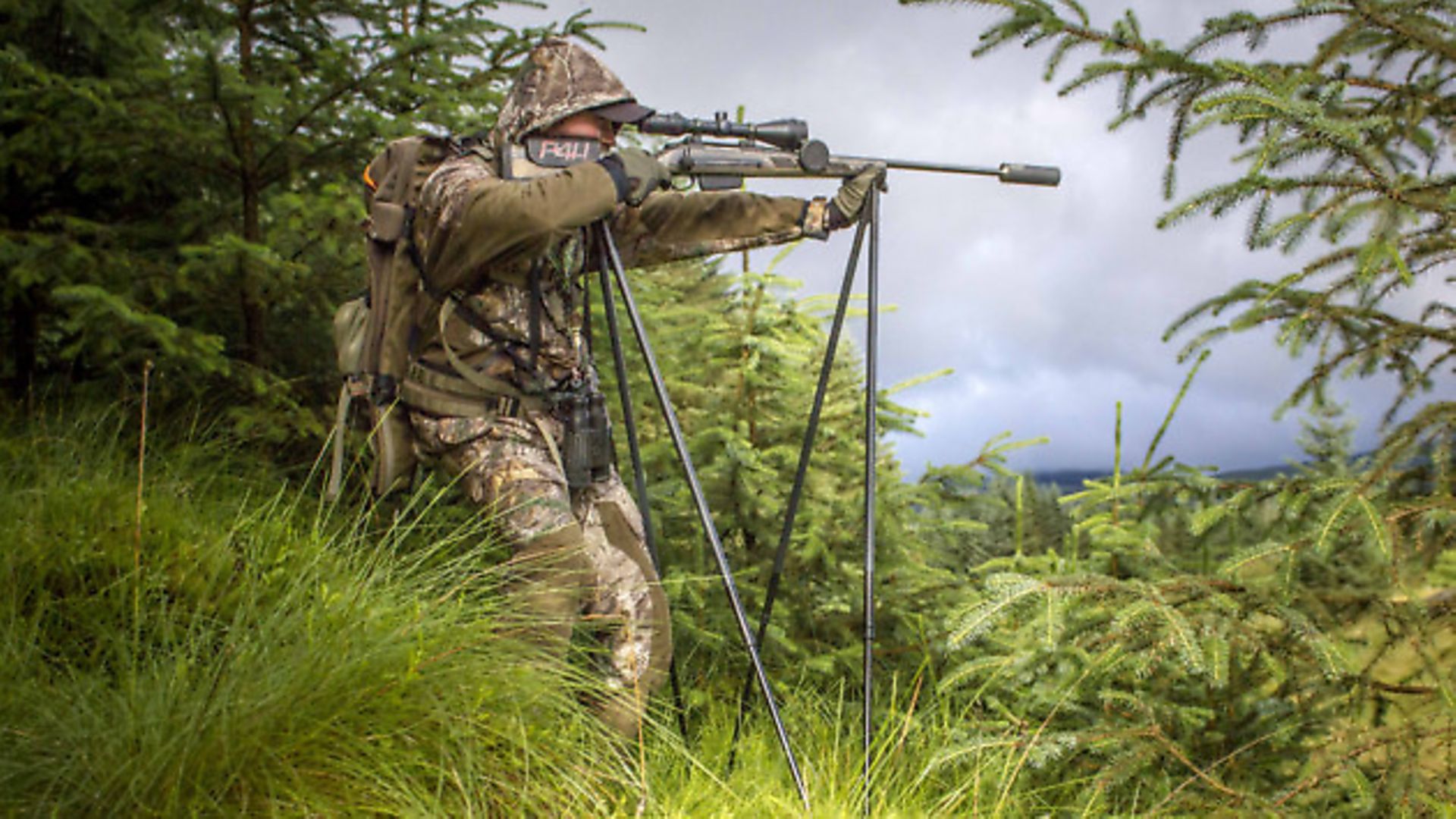 credit: Archant
credit: Archant
In around 1988, after a long debate with a UK constabulary, I fitted my first moderator to my rifle. What a revelation. I still wear ear defenders when shooting, as even the best moderators take around 150dB to around 120dB (which is still harmful), but the reduction in disturbance is a remarkable 32 times lower. There are now a plethora of moderators on the market. Our favourites at WMS Firearms Training are the Ase Utra range, for sound and durability, and the MaccTecc/Barton Gunworks models for light weight and usability on hunting rifles. Generally, we prefer models which are sealed and don’t come apart for cleaning as there’s less to come loose. Check they are tightly screwed on in use and take them off for storage.
Noting my current state, if I were holding an unmoderated rifle, lacking ear protection and looking at a gold-medal trophy game animal at close range, I would wish it good day and not fire a shot. Hearing is priceless and non-recoverable.
 credit: Archant
credit: Archant
Quad sticks
Now here is a revelation. I have used various designs of shooting sticks over the years with variable results. At best I found that they enabled me to reliably hit kill zone sized targets between 50-100m, when considering the need to be certain on live quarry.
I bought a pair of Hammond Quad Sticks (now Viper-Flex shooting sticks) about two years ago and started to experiment. You may have, or prefer, other types of quad stick, and a little experimentation will soon establish which works best for you. There are guides on the internet for how to make them from bean sticks; artisan-made bespoke hardwood versions are available; and prices range from a few pounds to hundreds of pounds, so choose what suits.
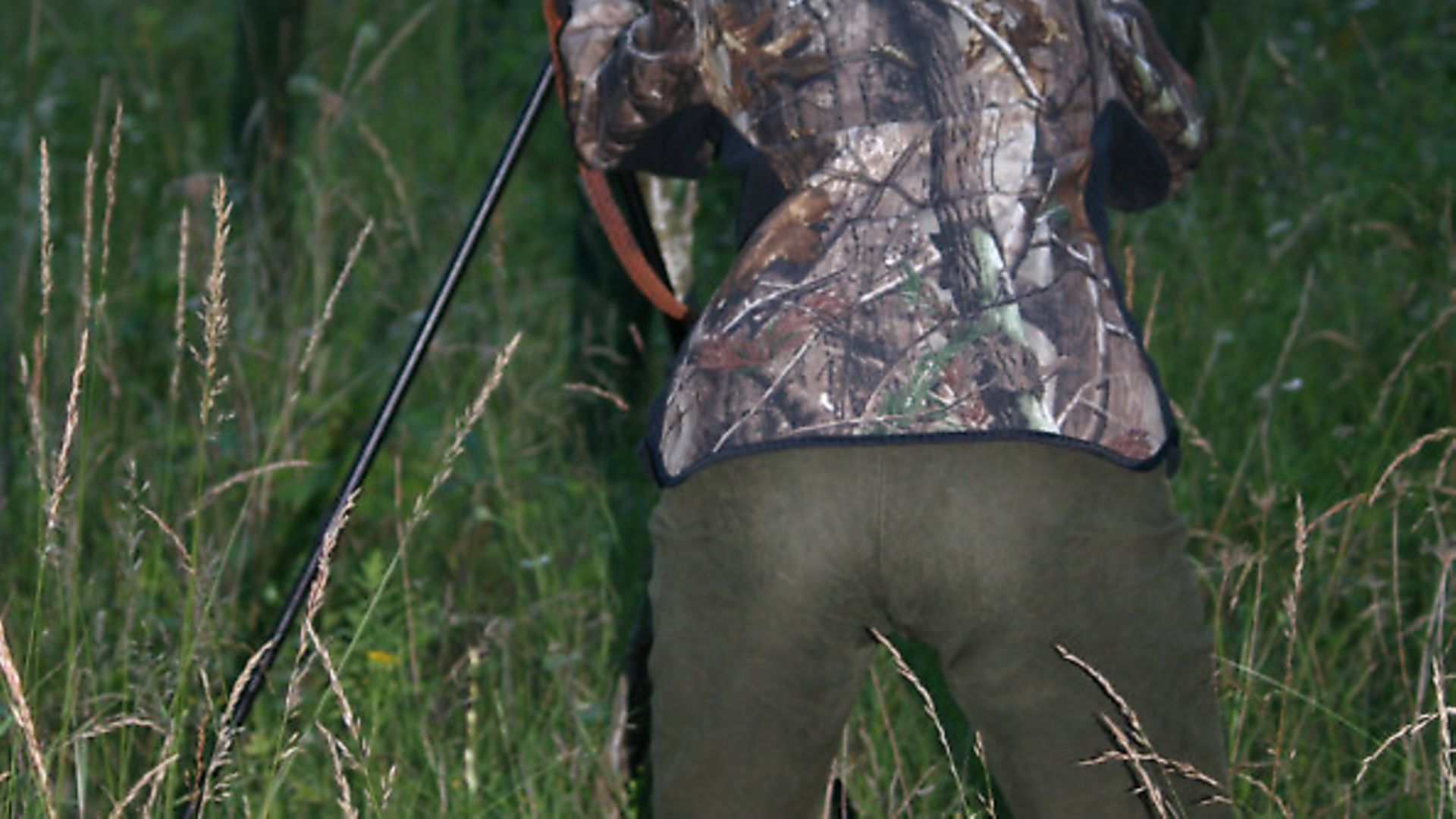 credit: Archant
credit: Archant
I quickly discovered a shooting position that enabled me to achieve near prone/bipod-type stability, but from standing. The method is simple: set the sticks at a height which allows you to stand behind them upright, with your bum under your shoulders, your core stable and your feet at 45 degrees to the direction of fire, planted about two to three feet apart. If right-handed, place your left foot as close to the left leg of the stick as possible. The rear left-hand section should now be resting on your chest, or tummy, depending on your shape. Your right arm may be able to rest on the right rear section, enabling you to relax.
Spread the top sections so the Viper-Flex rifle rest is on your side of the front sling swivel, with the sling on the far side. The rear section should cup the butt just behind the rear sling swivel. I repeat: you should be upright, well balanced with your core stable, and not leaning forwards at all. Ensure the stock is high in your shoulder, use the three fingers of your left hand to grip the sling to the sticks, and your left index finger and thumb should be either side of the fore-end to grip the rifle and sticks together. If you are left-handed, simply do the opposite of the suggestions above.
Practise setting up, dry firing and reloading until you are able to make perfect shots and keep the sights on the target while cycling the bolt. Initial use of an air rifle or .22 RF will help, as will a .17 HMR or .22 centrefire. Once you are confident, work with stalking or big game rifles will soon establish your abilities and limits. At WMS we regularly see clients making first-round hits on appropriate targets at 100-200m. Hits on targets at 200-300m are easily possible. We have pushed the principle on targets to 900m, with clients left speechless at achieving two or three strikes out of five on targets a metre high and half a metre wide. This is normally the remit of prone shooting with bipods and back bags.
So, after due consideration, my two standout game changers have been the addition of moderators (which we always recommend must be used alongside good-quality electronic ear muffs) and my recent use of quad sticks. I can shoot accurately from standing at distances previously unimagined. In the process, I have reduced recoil and hearing damage to within acceptable levels, and leave wildlife and people undisturbed a few hundred metres away. These facts make me more humane and our sport more socially acceptable… now that’s progress.
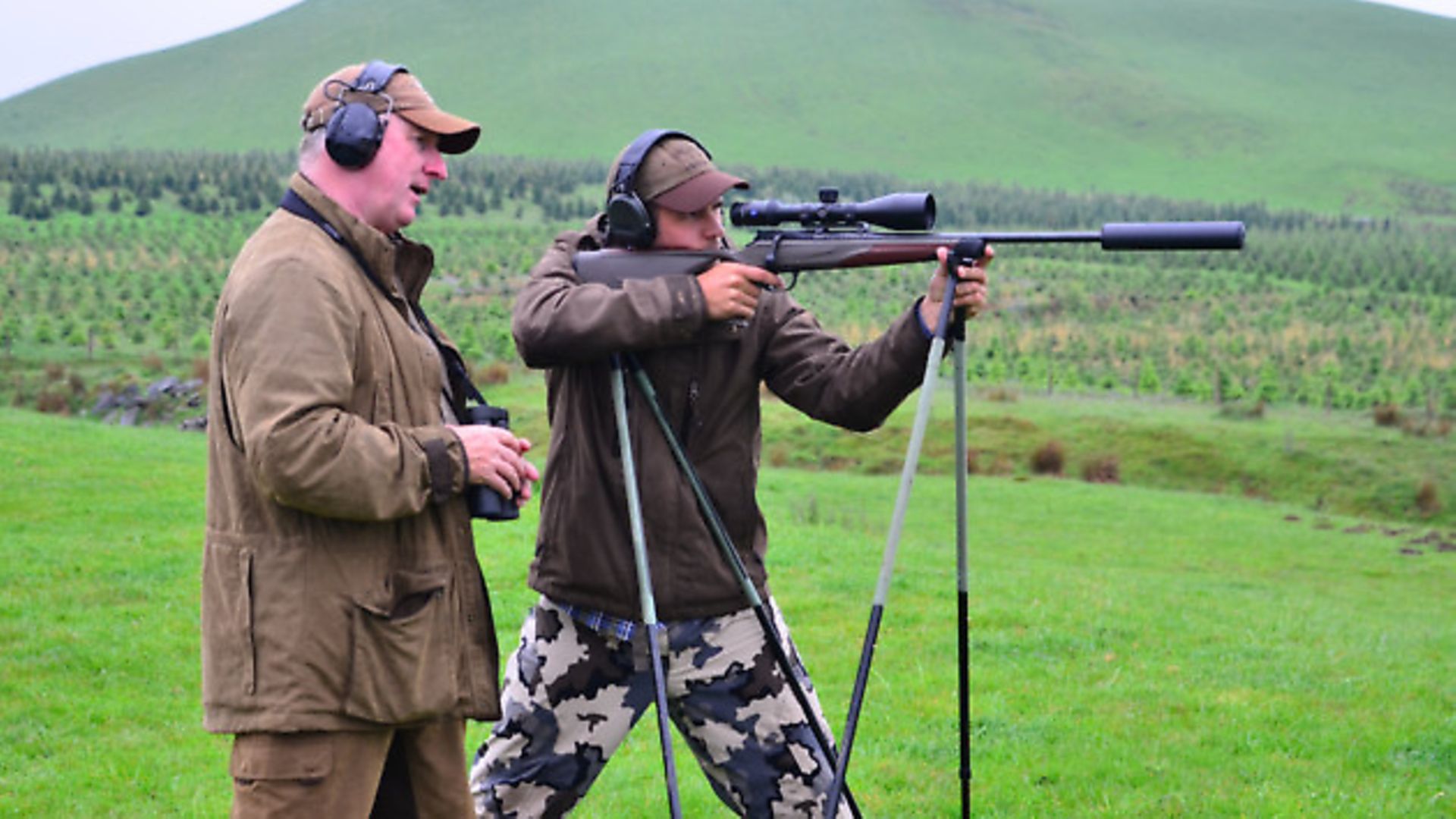 credit: Archant
credit: Archant
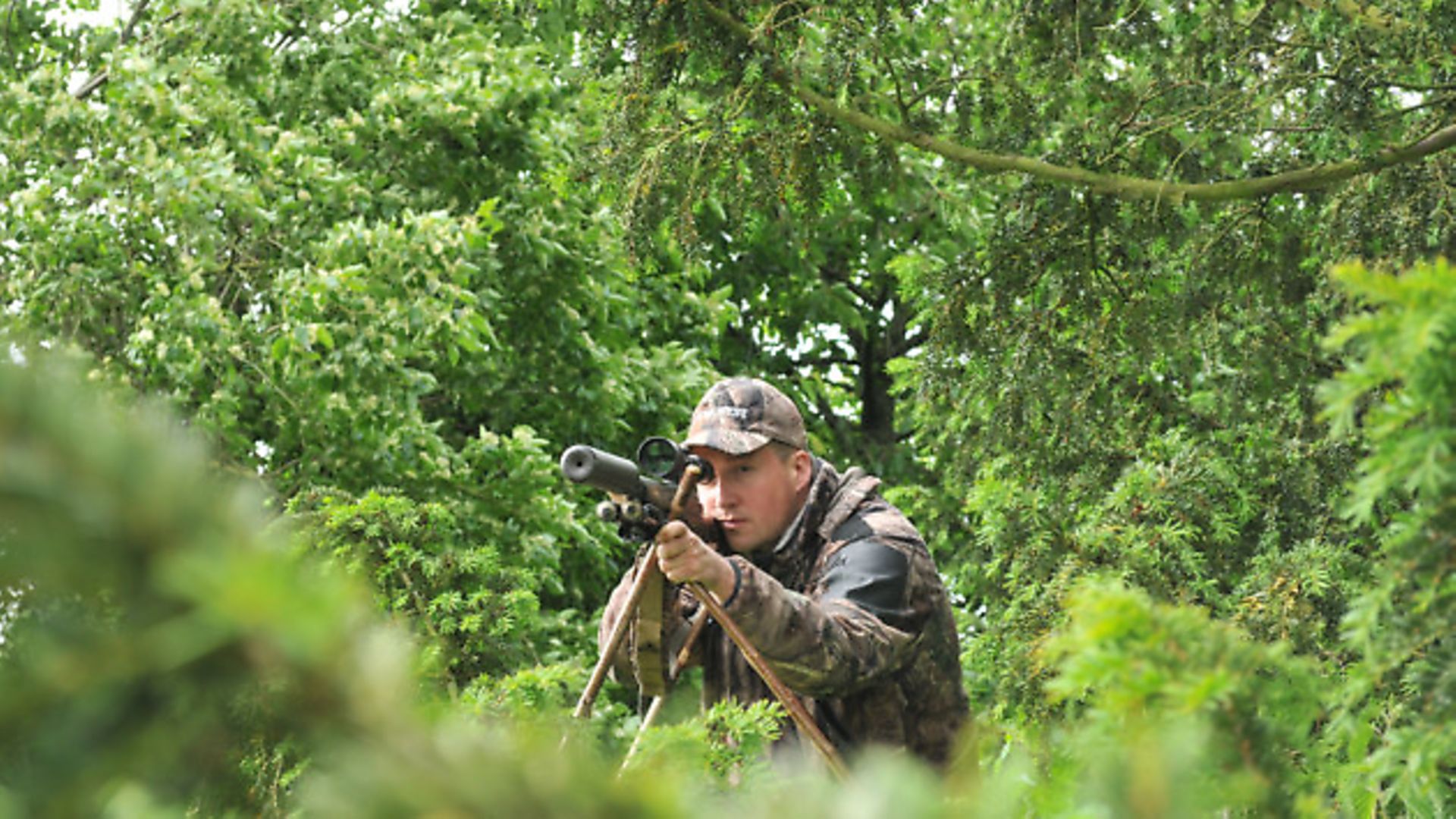 credit: Archant
credit: Archant
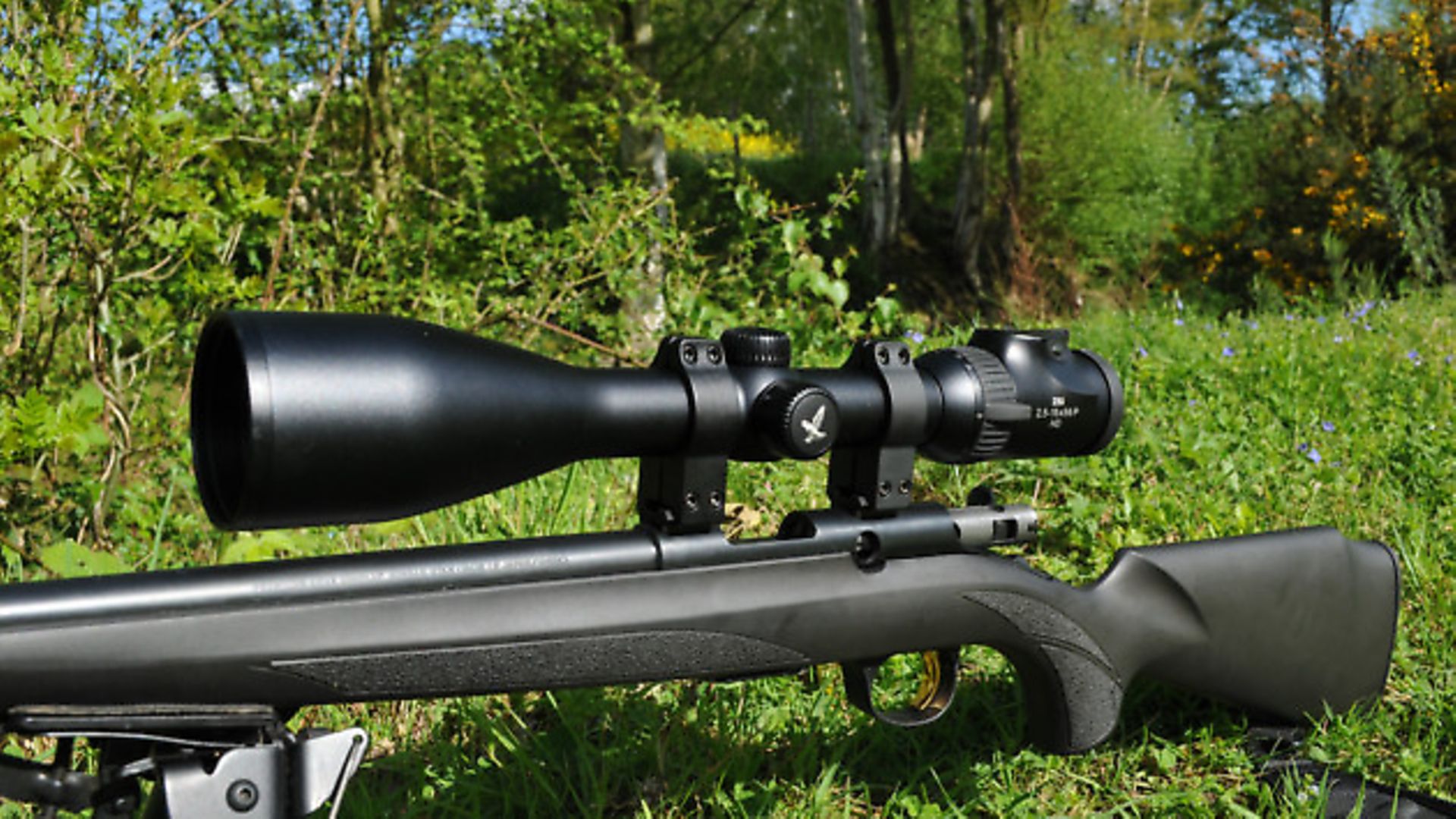 credit: Archant
credit: Archant